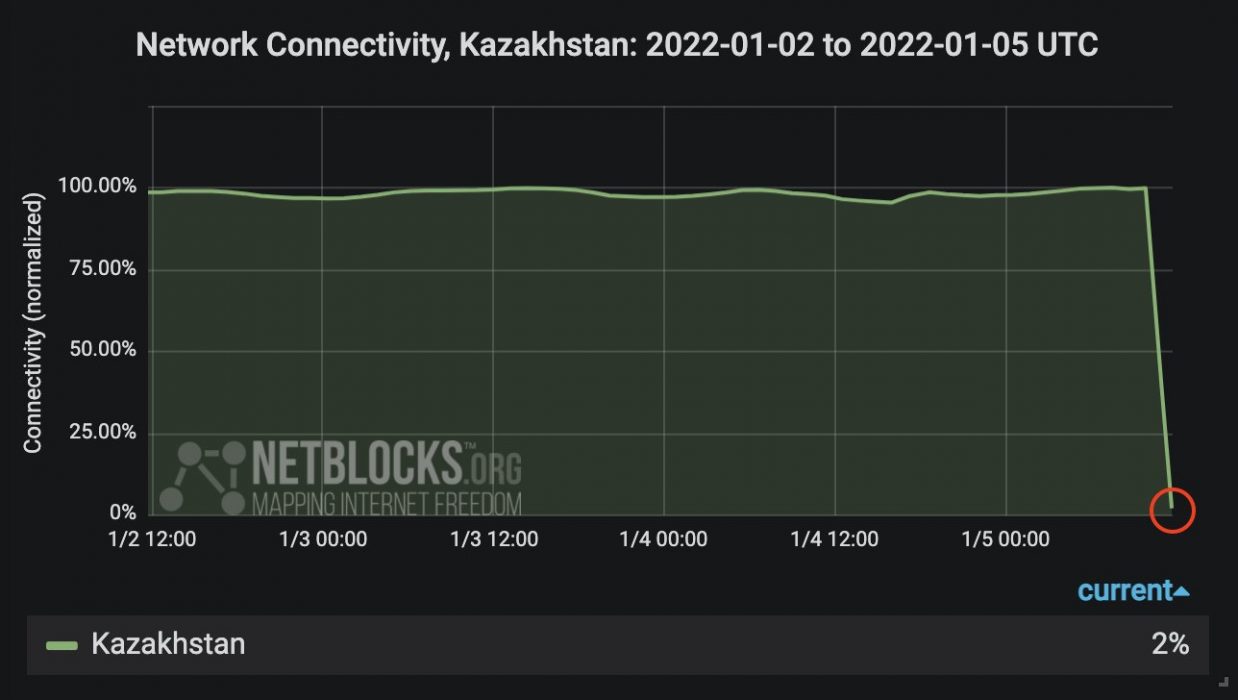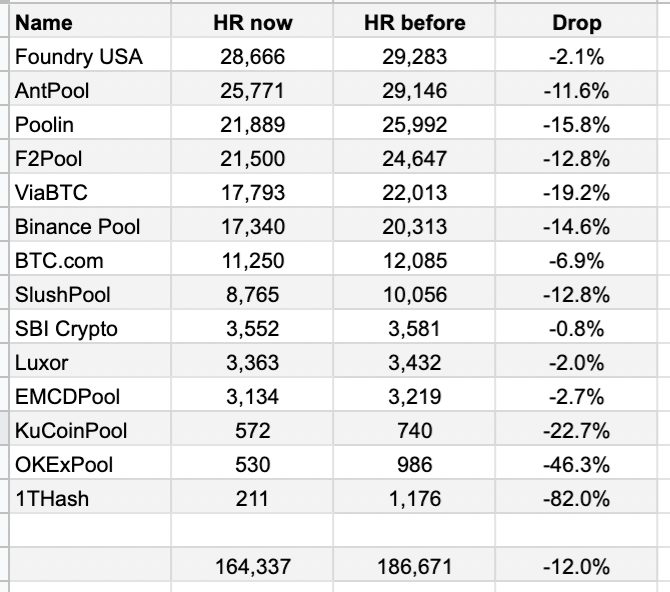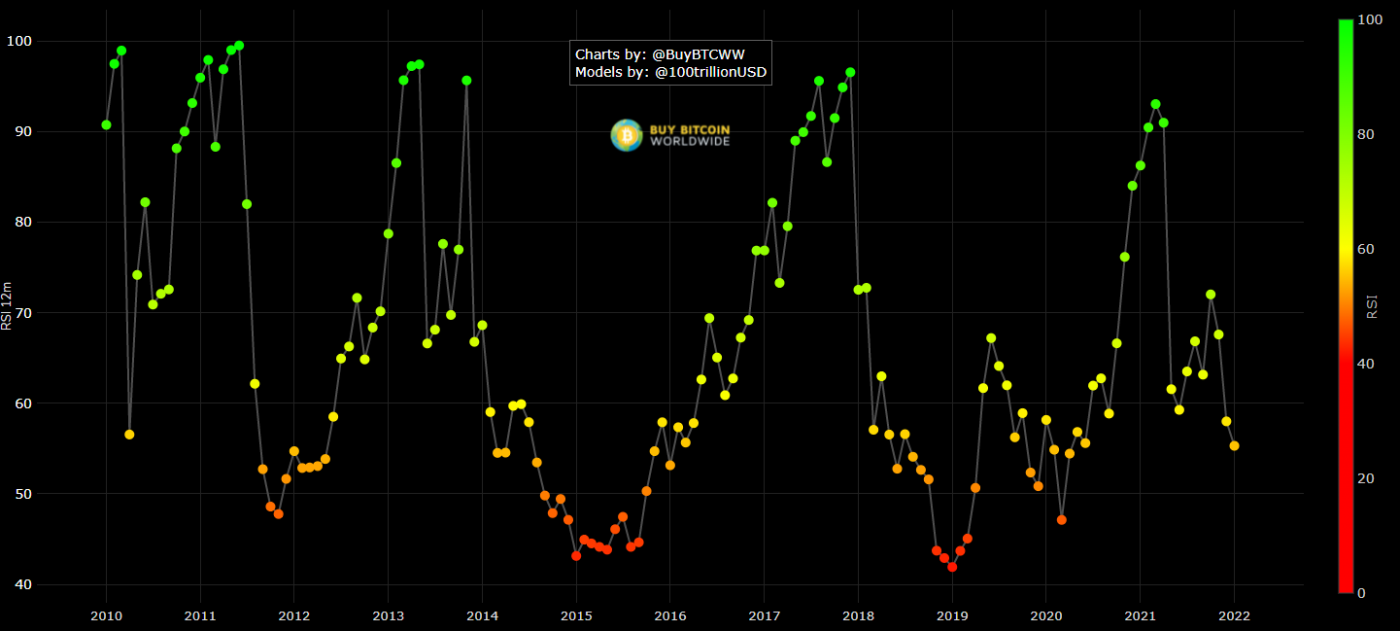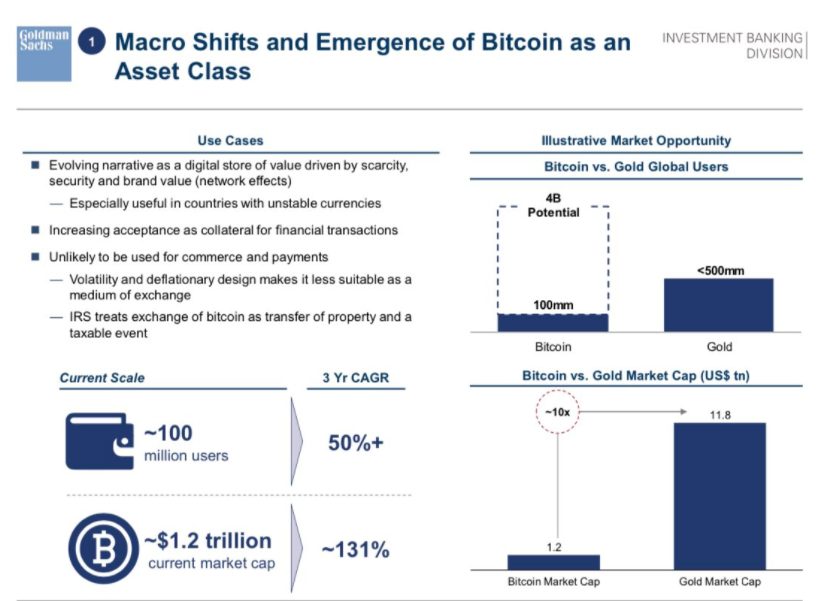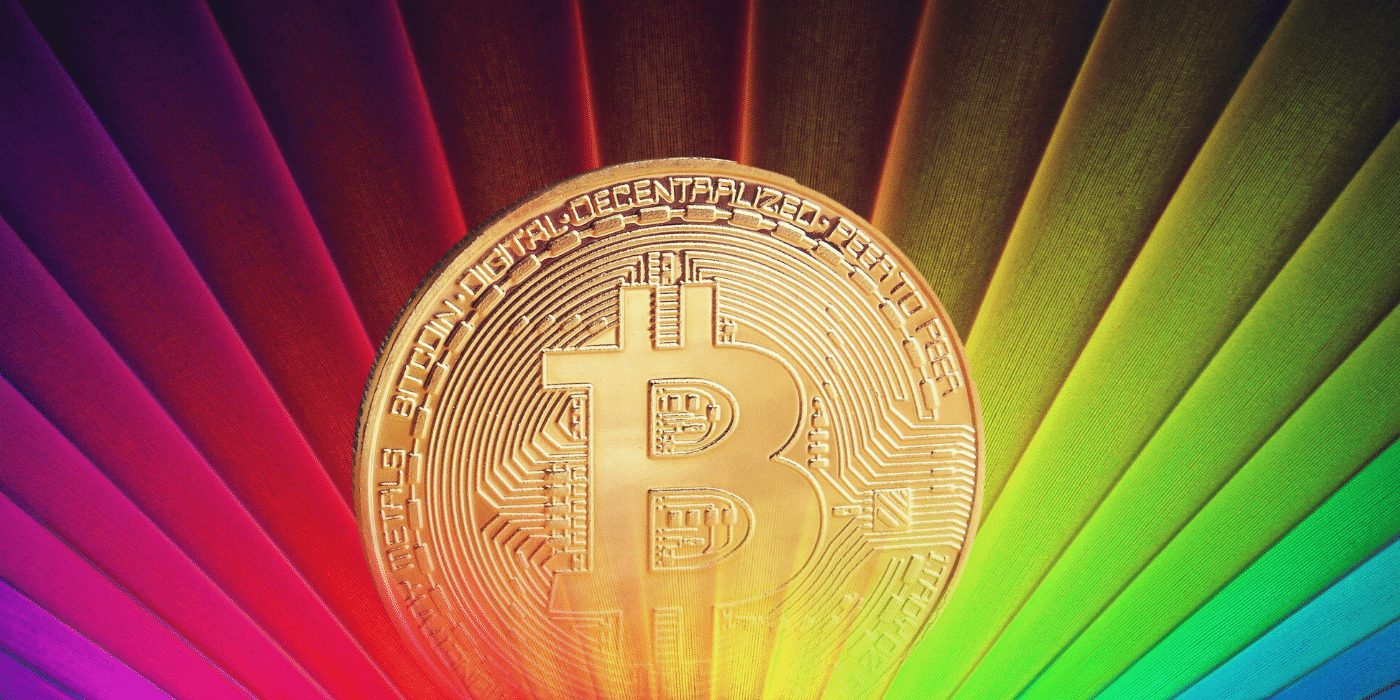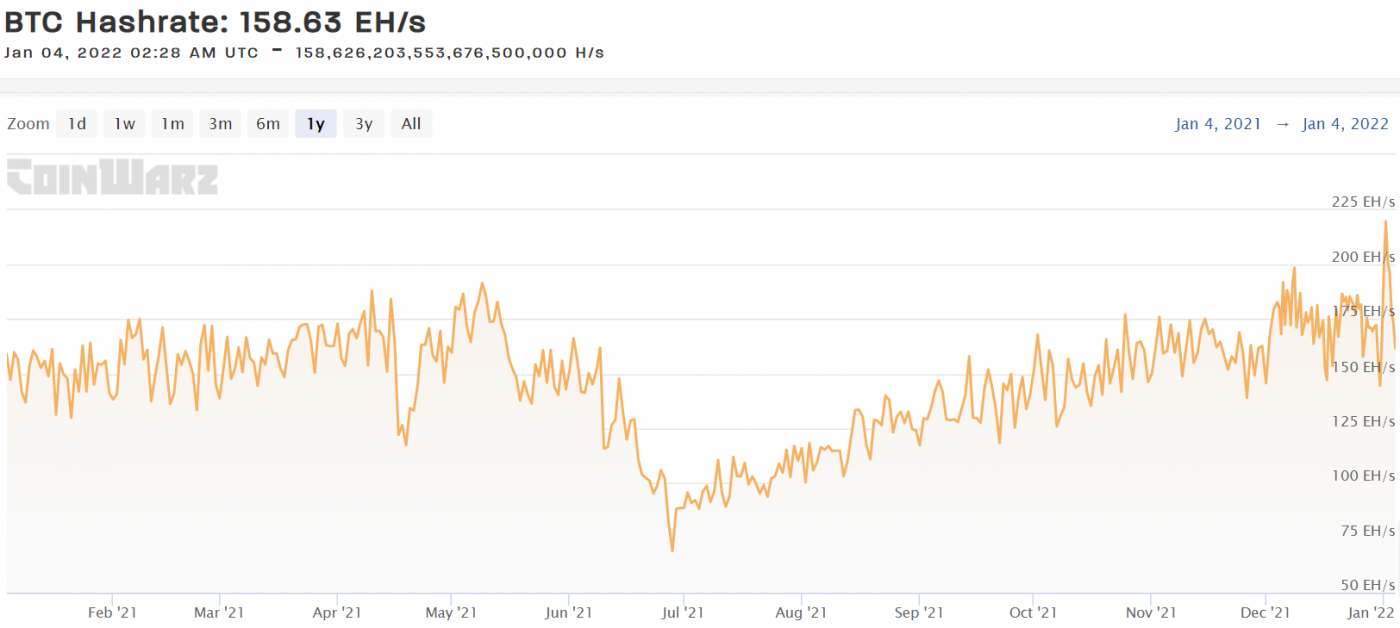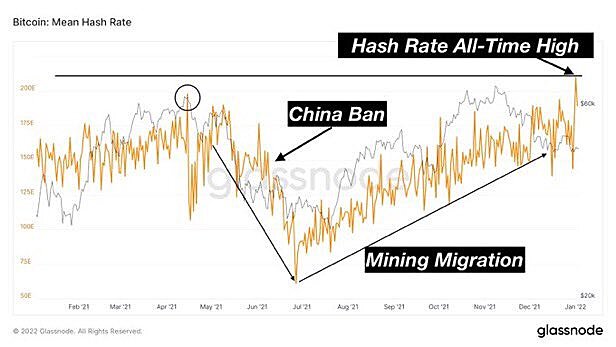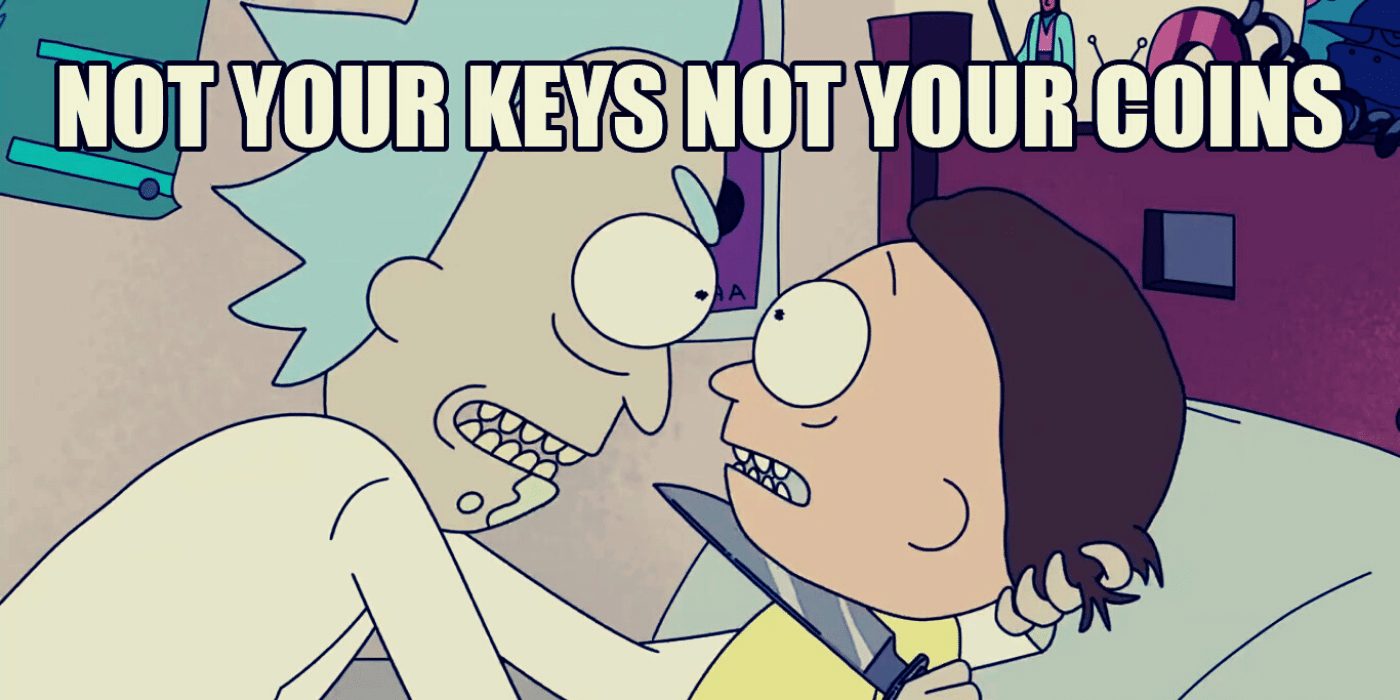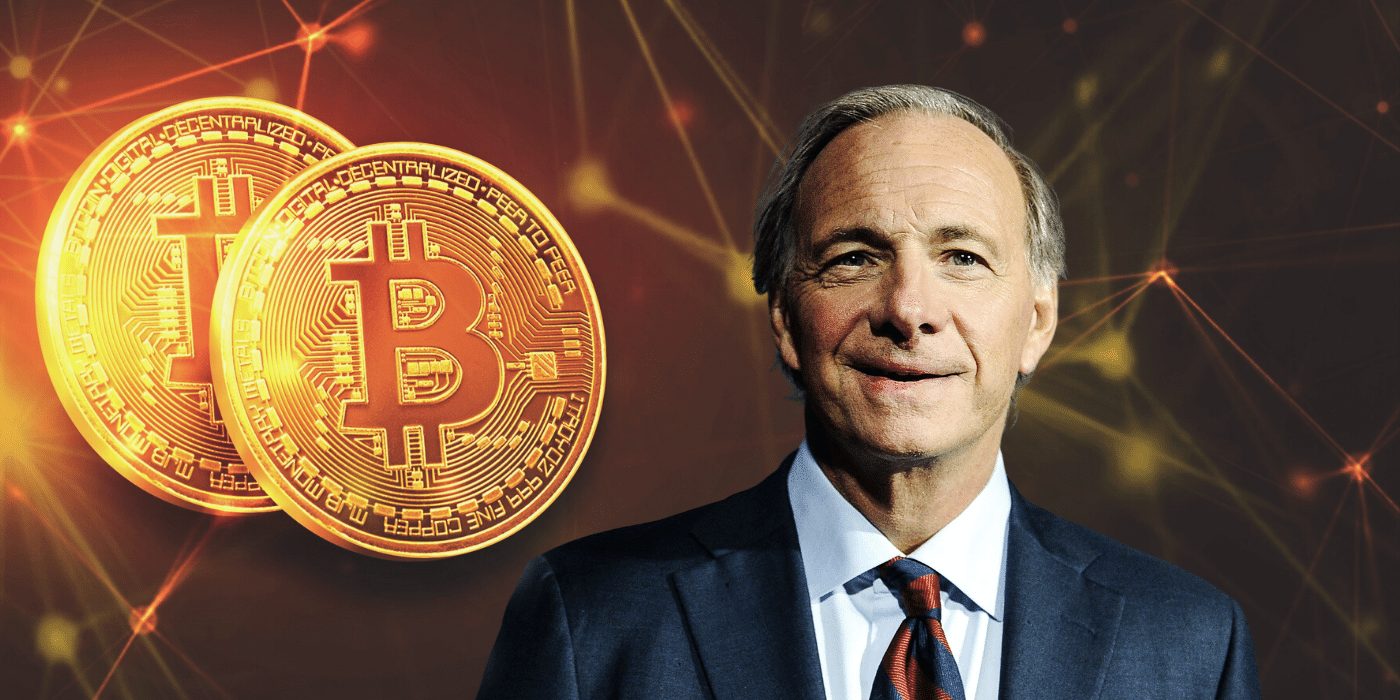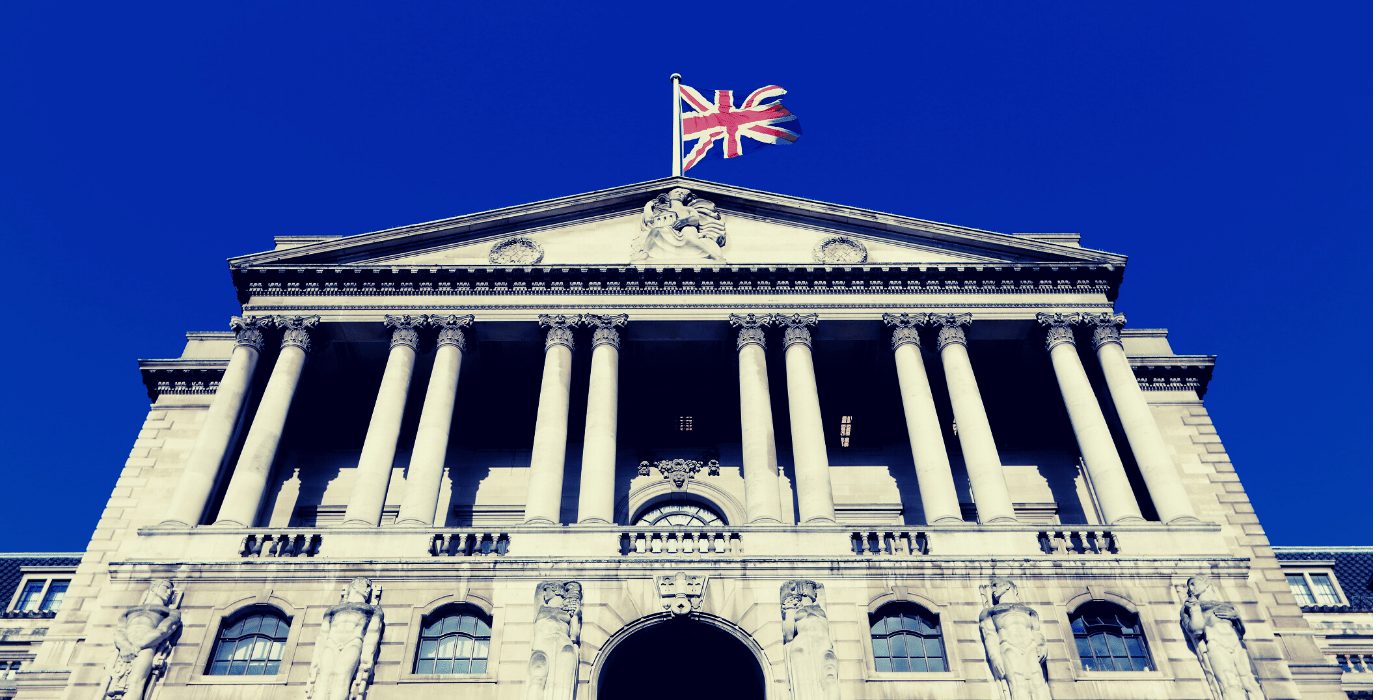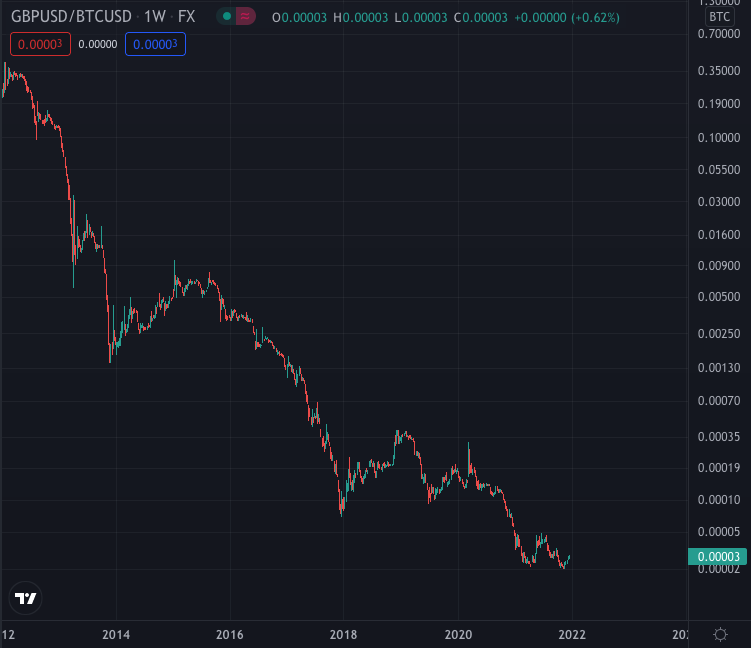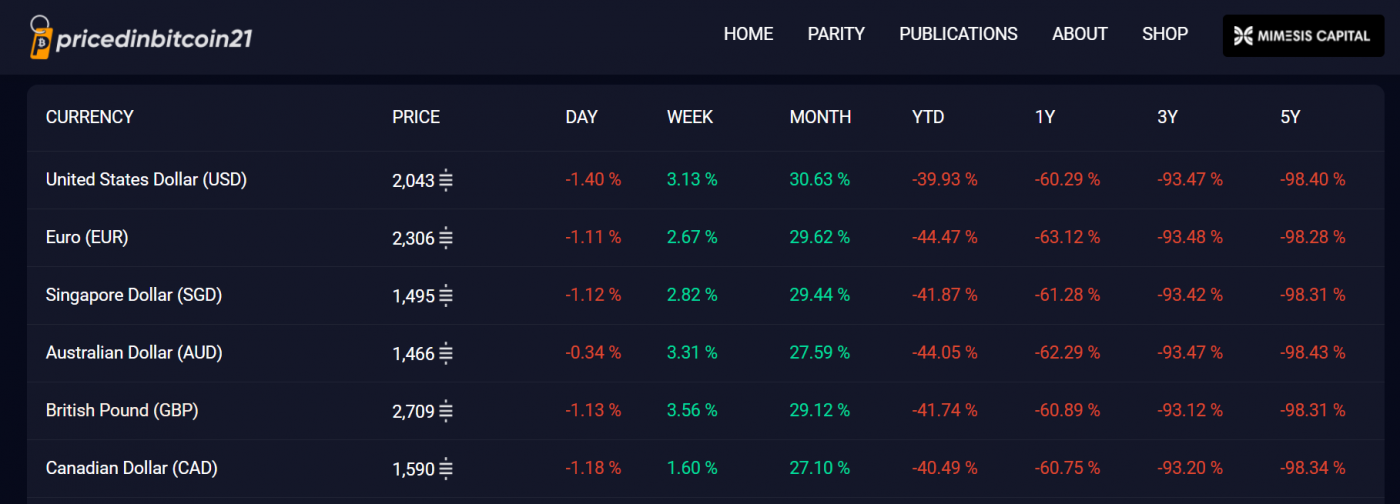A little-known NASDAQ-listed blockchain company, BTCS, has made history by becoming the first to offer a Bitcoin dividend, dubbed quite appropriately, a “Bividend“.
Bividend Explained
BTCS, which describes itself as as “securing the next-generation blockchain infrastructure and providing data analytics tools for your crypto portfolio”, announced this week that it was proceeding with a so-called “bividend”, the first dividend payable in Bitcoin by a NASDAQ-listed company.
The company intends to pay a once-off dividend in either Bitcoin or cash, equivalent to US$0.05 per share, on March 16, 2022. To qualify, you must be a shareholder of record, meaning that the shares cannot be held by a brokerage firm such as Robinhood, where you are merely the beneficial owner. You also need to specifically opt in if you prefer Bitcoin over cash.

We want to reward our long-time shareholders for their continued support and encourage financial freedom by providing the means to enable direct ownership of Bitcoin and other digital assets.
Charles Allen, CEO of BTCS
Allen added that BTCS had a history of breaking new ground:
In the crypto space BTCS has a long history of firsts, including being the first pure-play US public company focused on cryptocurrencies and blockchains, the first US public company to mine Bitcoin, the first … to implement a digital asset treasury strategy, and the first … to secure next-generation proof-of-stake blockchains.
Charles Allen, CEO of BTCS
BTCS shares soared on the announcement, pushing the price as high as 43 percent on the day, taking its market capitalisation to around US$43 million.

Publicity Stunt?
While some have seen the news as bullish, others have adopted a more cynical view, suggesting it is merely a publicity stunt.
Matt Levine of Bloomberg describes BTCS as a “somewhat unloved micro-cap company” that pulled off an effective marketing trick, propping the shares up more than 40 percent on the day.
A bividend is a terrible name but an obviously good meme-y crypto stunt to increase attention … BTCS will pay about $500,000 in bividends, which bought it about $15 million of market cap. Just a good trade!
Matt Levine, writer, Bloomberg
Cynicism aside, he may not be wrong. BTCS is still almost 50 percent off its September high when it debuted on the NASDAQ.
Whatever your take, it’s clear that:
- regardless of whether it was a publicity stunt or not, it worked; and
- given its success, there are likely to be a host of copycats in the near future leveraging the Bitcoin brand to elevate their own.



